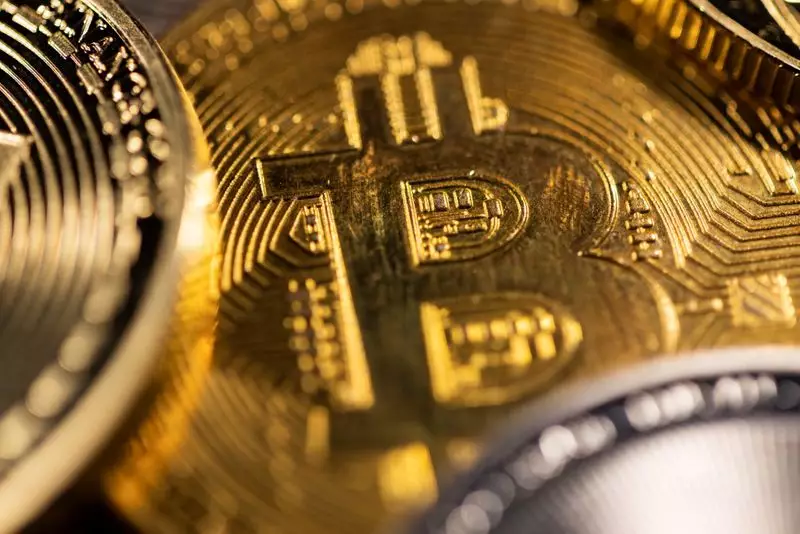The Impact of the Federal Reserve’s Rate Cut on Bitcoin and Cryptocurrency Markets

On Thursday, Bitcoin experienced a notable price increase, climbing by 2.9% to reach approximately $61,198.5, thanks to the Federal Reserve’s decision to slash interest rates significantly. This move has been interpreted by many as the onset of a loosening monetary policy cycle, suggesting that the central bank is attempting to stimulate growth amid ongoing economic challenges. At one point, Bitcoin’s price even crossed the $62,500 mark, breaking free from a restrictive trading corridor that had confined it between $50,000 and $60,000 for much of the year. However, the sustainability of this breakout remains uncertain as market sentiment adjusts to the Fed’s broader economic outlook.
The recent Fed rate cut—set at 50 basis points—was anticipated within market expectations, yet the implications of such a significant reduction stirred mixed feelings among investors. On one hand, the decision was welcomed as a sign of support for risk-sensitive assets, including cryptocurrencies, which thrive in low-interest-rate environments. On the other hand, some analysts expressed concern over the underlying fragility of the U.S. economy. Fed Chair Jerome Powell’s remarks, which indicated a balance between inflationary risks and a cooling labor market, aimed to reassure markets; however, his statements regarding maintaining a higher neutral rate than in previous cycles contributed to a strengthening dollar, limiting overall gains across the cryptocurrency landscape.
The ripple effect of Bitcoin’s price increase was felt throughout the cryptocurrency market, as many altcoins followed suit. Improved investor appetite for risk-driven assets can partly be attributed to the Fed’s decision to cut rates, yet the increase was moderated due to dollar strength and cautious market sentiments. The historical context is essential here; the ultra-low rates during the COVID-19 pandemic served as a powerful catalyst for crypto’s meteoric rise in 2021. As we observe the current landscape, it’s evident that the crypto sector is now navigating a much more complex environment, with ongoing regulatory scrutiny and waning retail engagement presenting significant hurdles.
Despite the bullish short-term effects of the rate cut, several challenges persist in the cryptocurrency sector. Notably, the excitement generated by the launch of spot Bitcoin exchange-traded funds earlier this year has subsided, indicating that such developments may only provide temporary boosts to market confidence. As the cryptocurrency industry grapples with regulatory crackdowns and a cooling of retail investor enthusiasm, the path forward remains unclear. While lower interest rates can create favorable conditions for speculative assets, the consensus suggests that we may not witness the same level of economic stimulus that fueled the previous Bitcoin bull run.
As the financial landscape continues to evolve, both the cryptocurrency market and investors will need to remain vigilant, adapting strategies to navigate the shifting tides brought on by central bank policies and macroeconomic factors.





